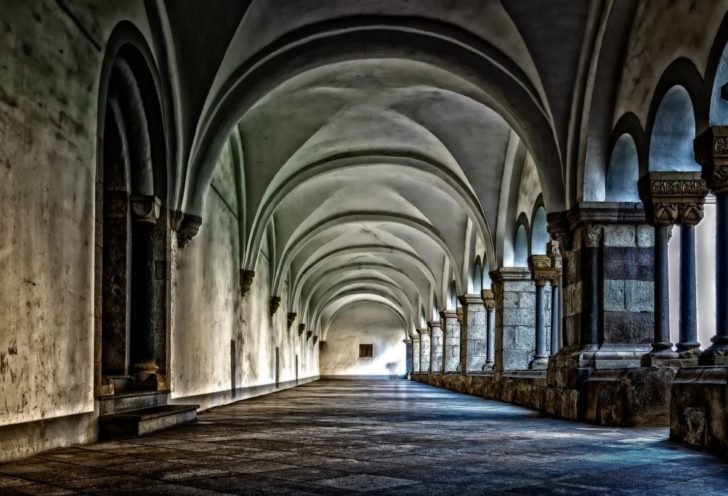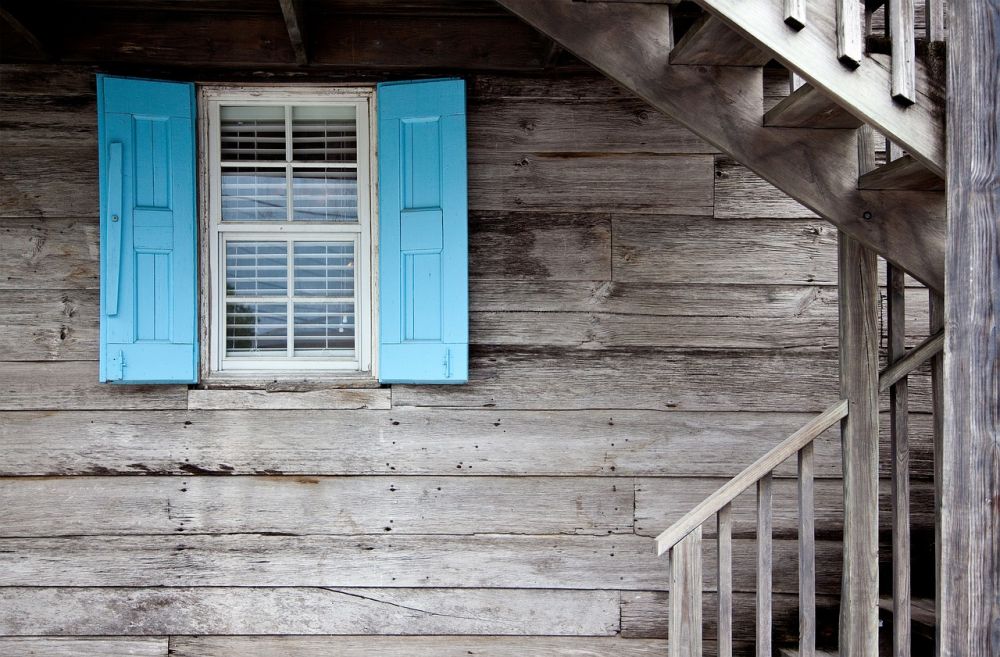Turning Torso The Architectural Marvel

Introduction:
Turning Torso, located in Malmö, Sweden, is a remarkable architectural landmark that has captured the attention of people worldwide. Designed by the renowned Spanish architect Santiago Calatrava, this masterpiece stands tall and proud, showcasing a unique twist on contemporary architecture. In this article, we will delve into the various facets of Turning Torso, exploring its history, different types, quantitative measurements, and comparing its various architectural structures. So, let’s embark on this architectural journey.
1. A Comprehensive Presentation of Turning Torso:

1.1 Understanding Turning Torso:
Turning Torso is a residential skyscraper characterized by its twisting form, representing a human torso in motion. It reaches a height of 190 meters, comprising 54 floors, and offers breathtaking panoramic views of the Öresund Sound and the cityscape. The design showcases Calatrava’s signature style of blending art and engineering seamlessly.
1.2 Types of Turning Torso:
Turning Torso has become an inspiration for similar structures across the globe. It has paved the way for a new era of architectural marvels. Some notable popular variations include Turning Torso’s smaller residential versions, commercial adaptations, and mixed-use buildings. These adaptations enable the incorporation of its unique design features into various urban landscapes.
2. Quantitative Measurements of Turning Torso:
2.1 Height:
As mentioned earlier, Turning Torso stands tall at 190 meters, making it one of the tallest buildings in Scandinavia. This height allows residents and visitors alike to experience an unparalleled perspective of the surrounding landscape.
2.2 Helical Twist:
Turning Torso’s most striking feature is its helical twist, which rotates a full 90 degrees from the base to the top. This architectural marvel lends the building a sense of dynamism, creating an extraordinary visual appeal that captivates all those who gaze upon it.
2.3 Structural Engineering:
The design and construction of Turning Torso required unprecedented structural engineering expertise. Its dynamic twisting form needed to be stabilized effectively to ensure the building’s stability and safety. The use of reinforced concrete and a steel exoskeleton provided the necessary strength and support to achieve this structural masterpiece.
3. Discussion on the Different Types of Turning Torso:
3.1 Architectural Adaptations:
Though inspired by the original Turning Torso, various adaptations have been created to suit specific needs. These adaptations take into consideration factors such as available space, purpose, and building regulations. Commercial adaptations may focus on blending functionality and aesthetics, while mixed-use structures provide a harmonious coexistence of residential and commercial spaces.
3.2 Unique Design Elements:
Each type of Turning Torso embraces the signature helical twist, but the architectural details may differ. Some variations may have additional striking features, such as balconies or terraces strategically placed to maximize natural light and views. This differentiation allows each structure to have its distinct personality, despite sharing the core design concept.
4. Historical Overview of Pros and Cons Associated with Turning Torso:
4.1 Advantages:
Turning Torso revolutionized the architectural landscape, pushing the boundaries of design possibilities. Its unique design provides residents with unparalleled views, ample natural light, and an immersive experience of living in a work-of-art. Its eco-friendly features, such as efficient heating and cooling systems, exemplify sustainable living and showcase a commitment to environmental well-being.
4.2 Challenges:
Turning Torso’s intricate design and complex engineering presented challenges during construction. The twisting form required meticulous planning, precise execution, and coordination between structural and architectural teams. Additionally, the maintenance of such a unique structure can pose challenges, requiring specialized expertise and resources.
Conclusion:
Turning Torso stands as a testament to the ingenious vision of Santiago Calatrava and showcases the limitless possibilities of contemporary architecture. From its awe-inspiring helical twist to its various adaptations, Turning Torso continues to capture the fascination of those who encounter it. As the architectural world continues to evolve, Turning Torso serves as an inspiration for future urban landscapes, a reminder that innovation and beauty go hand in hand.
[INSERT VIDEO HERE]
References:
1. ”Turning Torso – Santiago Calatrava.” Calatrava
2. ”Turning Torso.” Visit Malmö-Lund.
3. ”The Turning Torso Story.” Turning Torso Malmö.





















